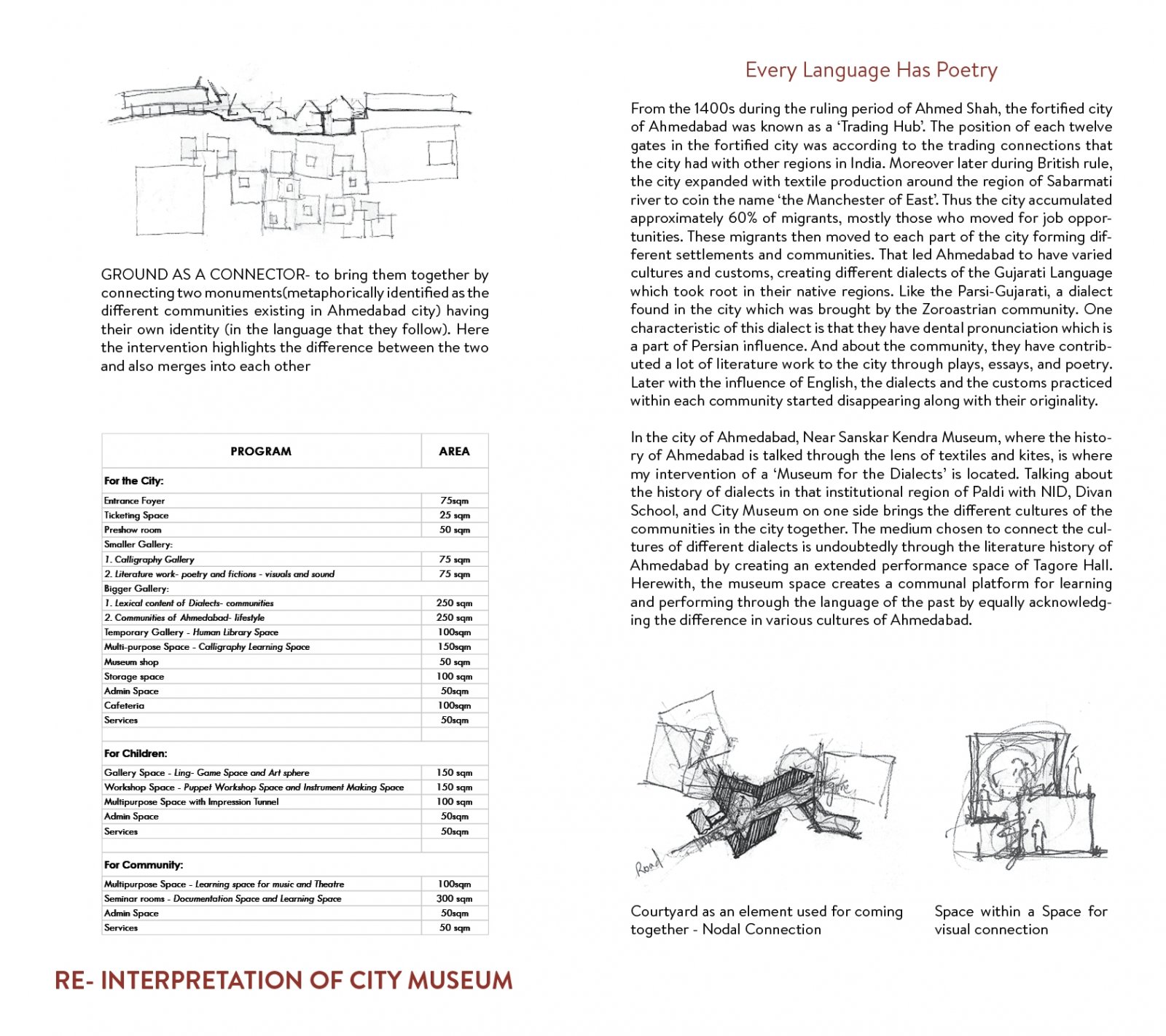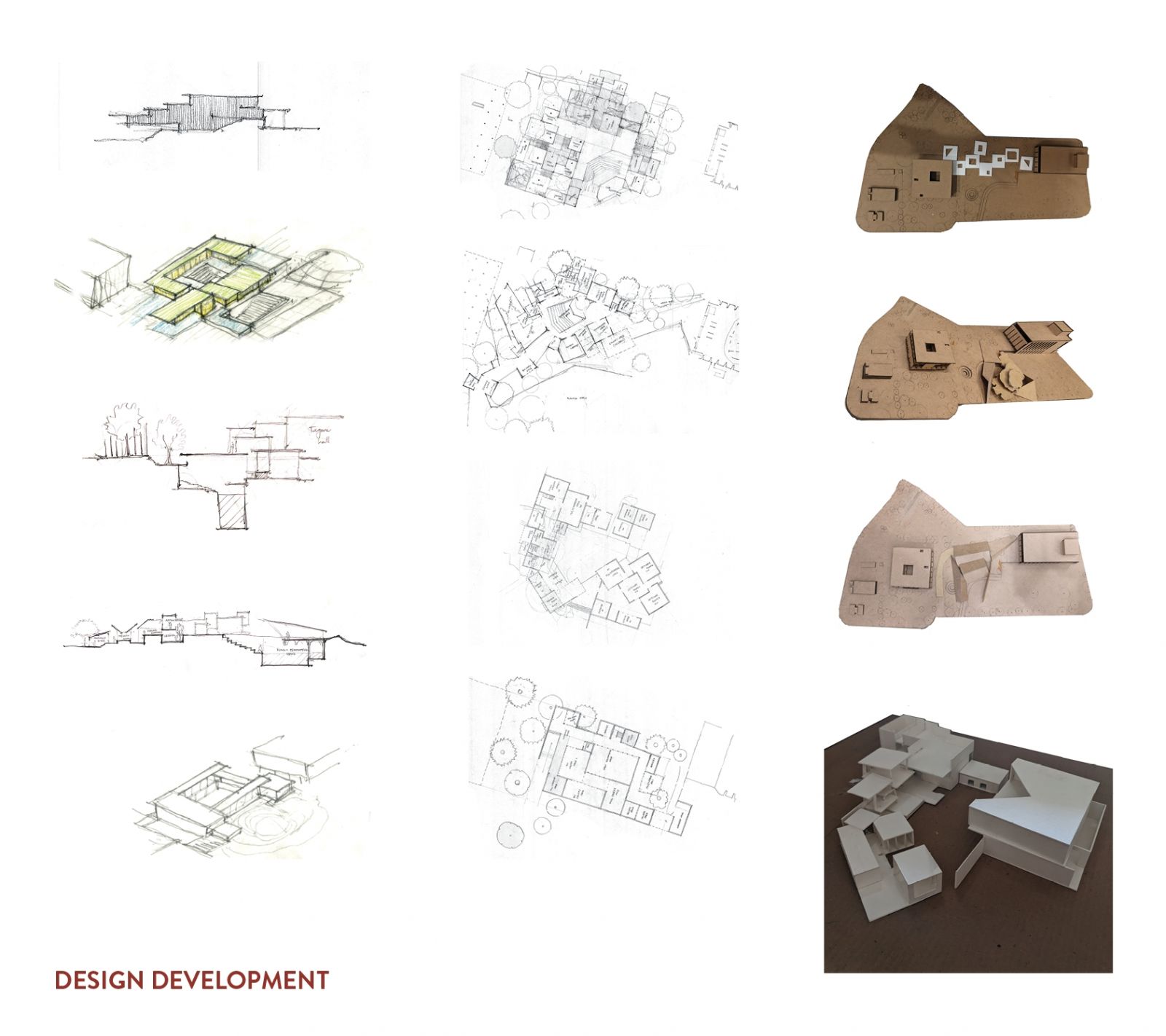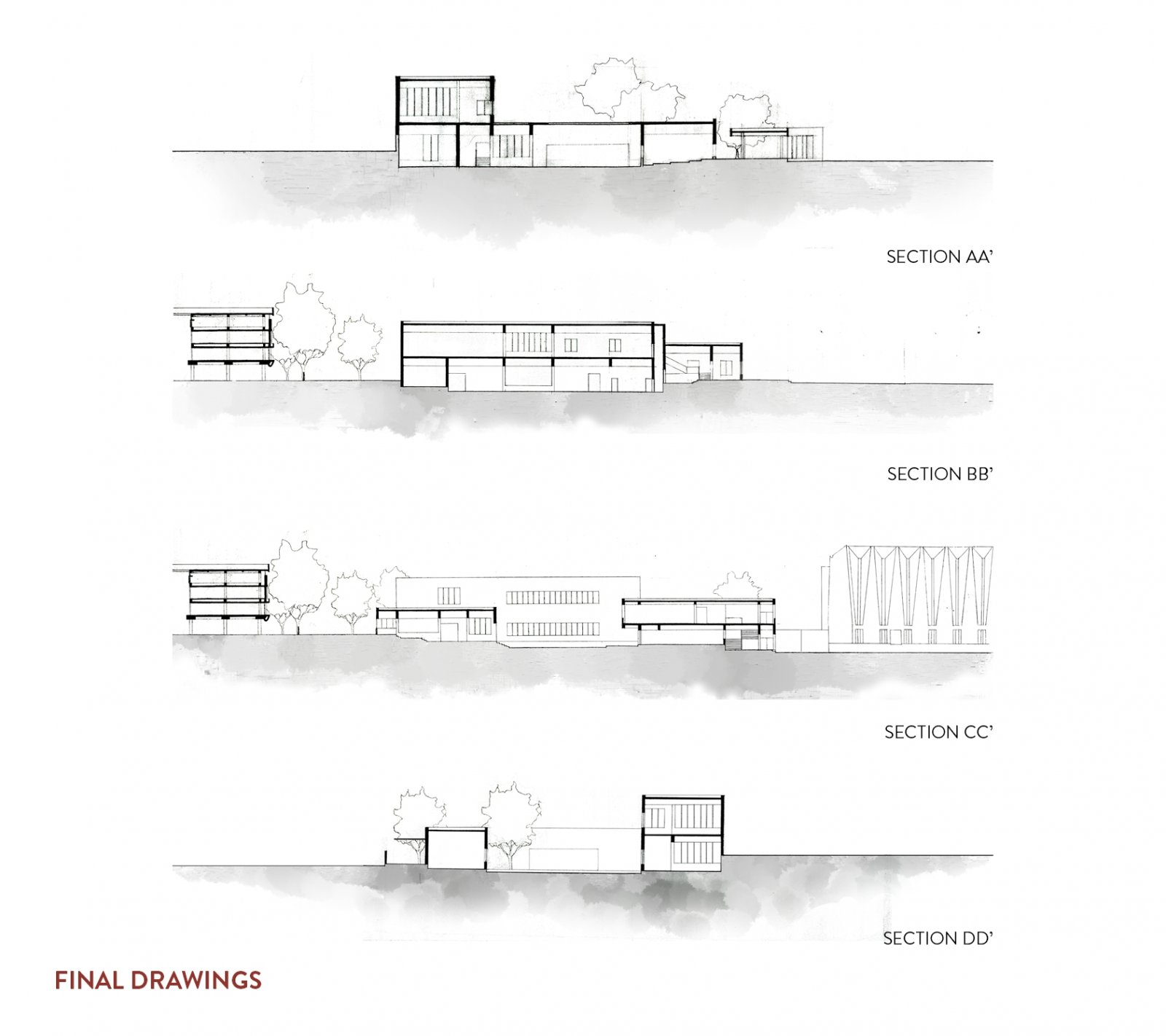- Student Niba Aman K
- Code UG190932
- Faculty Architecture
- Unit L3 Studio Unit
- Tutor/s Sonal Sancheti,Zeus Pithawalla
- TA Richa Surati
From the 1400s during the ruling period of Ahmed Shah, the fortified city of Ahmedabad was known as a ‘Trading Hub’. The position of each twelve gates in the fortified city was according to the trading connections that the city had with other regions in India. Moreover later during British rule, the city expanded with textile production around the region of Sabarmati river to coin the name ‘the Manchester of East’. Thus the city accumulated approximately 60% of migrants, mostly those who moved for job opportunities. These migrants then moved to each part of the city forming different settlements and communities. That led Ahmedabad to have varied cultures and customs, creating different dialects of the Gujarati Language which took root in their native regions. Like the Parsi-Gujarati, a dialect found in the city which was brought by the Zoroastrian community. One characteristic of this dialect is that they have dental pronunciation which is a part of Persian influence. And about the community, they have contributed a lot of literature work to the city through plays, essays, and poetry. Later with the influence of English, the dialects and the customs practiced within each community started disappearing along with their originality. In the city of Ahmedabad, Near Sanskar Kendra Museum, where the history of Ahmedabad is talked through the lens of textiles and kites, is where my intervention of a ‘Museum for the Dialects’ is located. Talking about the history of dialects in that institutional region of Paldi with NID, Divan School, and City Museum on one side brings the different cultures of the communities in the city together. The medium chosen to connect the cultures of different dialects is undoubtedly through the literature history of Ahmedabad by creating an extended performance space of Tagore Hall. Herewith, the museum space creates a communal platform for learning and performing through the language of the past by equally acknowledging the difference in various cultures of Ahmedabad.









